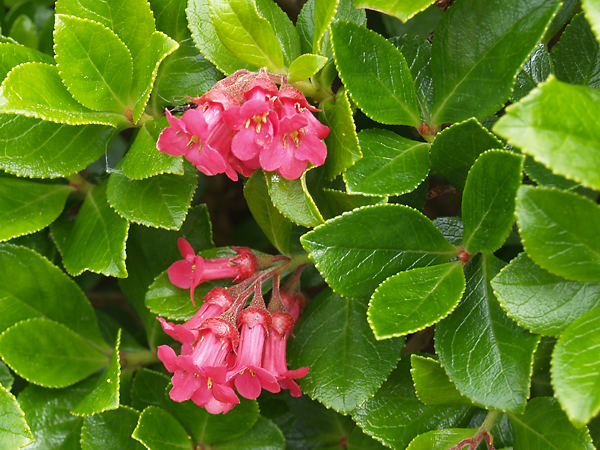Thursday, September 29, 2011
Another Face on the Rock
I liked the photos that Franz posted last week and it reminded me that I have photographed some rocky faces myself. This fella with the long nose is situated on Skellig Michael, you can see it very well from the Christ Saddle. Have a look for it next time you go there.
Canon 5d, 200mm lens, f.5.6 1/400sec. Iso 100
Monday, September 26, 2011
Faces in the rock
Rockformations giving the impression of faces on the North coast of Valentia Island.
Konica Minolta Dimage X31
Saturday, September 10, 2011
Flowers in a Kerry garden
Here are some flowers from my garden, Orchid from my kitchen, and Passion flower from Maderia
Deirdre Booth
Here are some flowers from my garden, Orchid from my kitchen, and Passion flower from Maderia
Deirdre Booth
Friday, September 2, 2011
We are now on flickr.com and Illaunlaughan, Portmagee
Just click on this link here: skelligclub
Illaunlaughan is a very small island in the Channel between Portmagee and Valentia Island.
The name could have two meanings, Oileán an Lóchán, the Island of dry grass or broken seaweed, or Island of Lochán, a saint that could be associated with the island.
Archeological excavations between 1992 and 1995 revealed well- dated material which proved the existence of a small monastery between the 7th and 9th century and subsequent use of the island as a graveyard for the communities of Portmagee and Valentia Island..
During the mid 7th to mid 8th century period three domestic huts and a small oratory were built with posts and sod , cut blocks of grassy turf, for the walls; the roofs being thatch with local material. Possibly two shrines for relics were erected at that time.
Later the existing sod oratory was replaced by a small drystone structure, no more than 1.2mx 0.8m and in the 8th to 9th century again by a drystone oratory. Also a new gable shrine was erected to house the relics from earlier graves.
all photos Canon 5d, 17-40 and 50mm macro,
©Michael Herrmann 2011
Illaunlaughan is a very small island in the Channel between Portmagee and Valentia Island.
The name could have two meanings, Oileán an Lóchán, the Island of dry grass or broken seaweed, or Island of Lochán, a saint that could be associated with the island.
Archeological excavations between 1992 and 1995 revealed well- dated material which proved the existence of a small monastery between the 7th and 9th century and subsequent use of the island as a graveyard for the communities of Portmagee and Valentia Island..
During the mid 7th to mid 8th century period three domestic huts and a small oratory were built with posts and sod , cut blocks of grassy turf, for the walls; the roofs being thatch with local material. Possibly two shrines for relics were erected at that time.
Later the existing sod oratory was replaced by a small drystone structure, no more than 1.2mx 0.8m and in the 8th to 9th century again by a drystone oratory. Also a new gable shrine was erected to house the relics from earlier graves.
all photos Canon 5d, 17-40 and 50mm macro,
©Michael Herrmann 2011
Subscribe to:
Comments (Atom)













